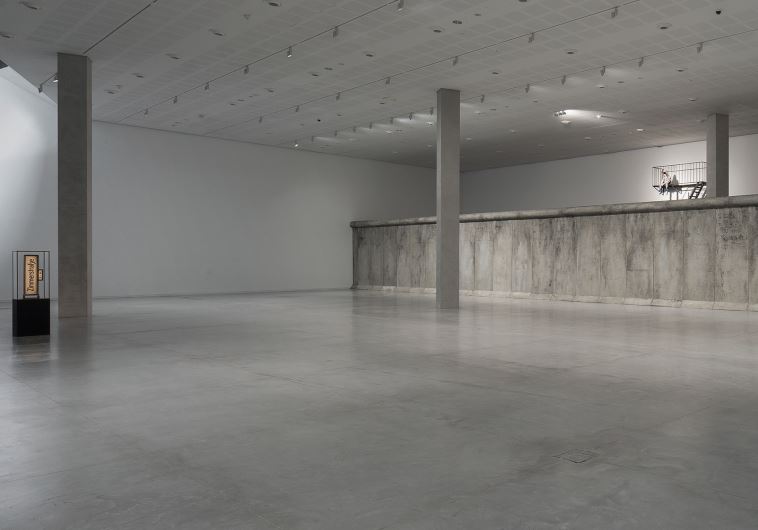Pondering power via a famed artistic duo
The concept of Powerless Structures comes from the artists’ fascination with the writings of French philosopher Michel Foucault.
 The Tel Aviv Museum of Art’s 2016 flagship exhibition, “Powerless Structures”(photo credit: ELAD SARIG)Updated: Read More
The Tel Aviv Museum of Art’s 2016 flagship exhibition, “Powerless Structures”(photo credit: ELAD SARIG)Updated: Read More